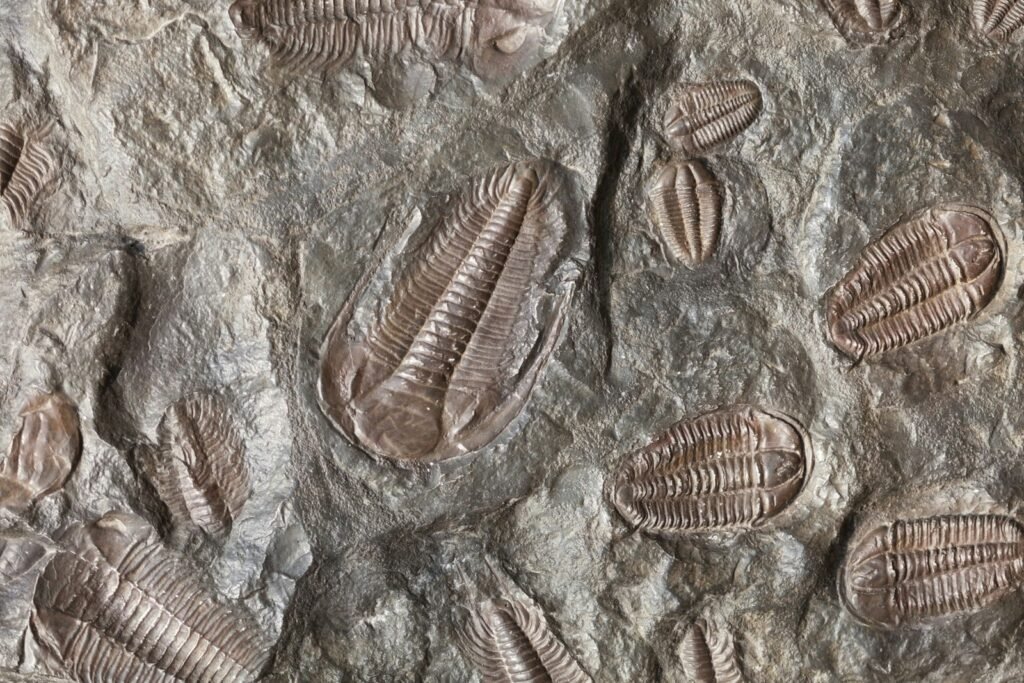Imagine a creature so mysterious that, for centuries, its life story unraveled like a riddle whispered by the tides. The European eel, slender and silver, begins its life thousands of kilometers from the Irish coast, in the shadowy depths of the Sargasso Sea. Without a map, compass, or a single digital hint, these eels embark on an epic migration, traveling farther than most people will in a lifetime. How do they do it? What compels them to leave the lush rivers of Ireland for the wild blue heart of the Atlantic? Their journey is not just a marvel of nature; it’s a story that awes scientists, inspires storytellers, and tugs at the hearts of everyone who dreams of adventure. Dive in, and you might just find that the eel’s odyssey holds secrets about memory, survival, and the invisible threads that connect us all.
Mysterious Beginnings in the Sargasso Sea
The Sargasso Sea is unlike any other ocean region on the planet. Located in the middle of the North Atlantic, it is bounded not by land, but by swirling ocean currents. These waters are warm and filled with floating mats of golden-brown seaweed, creating a unique and eerie habitat. Here, in these vast, open waters, European eels are born as tiny, transparent larvae. No one has ever witnessed their spawning first-hand, making their beginnings as enigmatic as a fairy tale. Despite its remoteness, this patch of ocean is the cradle of every European eel, including those that will one day reach the rivers of Ireland.
The Enigmatic Life Cycle of the European Eel
The European eel’s life cycle is a journey of transformation. It starts as a leaf-shaped larva, known as a leptocephalus, drifting with the Gulf Stream currents. Over a year or more, these larvae travel thousands of kilometers toward Europe. As they approach the continental shelf, they metamorphose into glass eels, gaining a more eel-like shape but remaining nearly transparent. Once they reach freshwater, they become elvers and then yellow eels, living for decades in rivers or lakes. Eventually, driven by an ancient urge, mature eels transform again—this time into silver eels with powerful muscles and a silvery sheen—ready to return to the Sargasso Sea to spawn and die.
From Irish Rivers to Ocean Vastness
Ireland’s rivers, with their winding streams and cool, peat-stained waters, are home to countless eels. Some grow for 10, 20, or even 30 years, hiding under stones and feeding at night. When the time comes, these eels sense a change. They leave their freshwater sanctuaries and head downstream, drawn by a force that scientists still struggle to fully explain. The journey from inland river to open ocean is fraught with obstacles—dams, predators, pollution—yet the eels press on, driven by a purpose that has guided generations before them.
The Epic Migration: A Journey of 6,000 Kilometers
The migration from Ireland to the Sargasso Sea is one of the longest and most perilous in the animal kingdom. Eels travel over 6,000 kilometers, crossing the Atlantic Ocean with nothing but their inherited instincts. They swim mostly at night, alternating between deep dives and shallow glides, possibly to avoid predators or conserve energy. No human-made device tracks their every move, and yet, year after year, eels arrive at the same mysterious destination. It’s a feat that boggles the mind and challenges our understanding of animal navigation.
No GPS, No Problem: The Eel’s Navigation Mystery
What truly astounds scientists is that European eels make this journey without modern tools. No GPS, no map, not even a parent to guide them—their parents die after spawning, leaving no one to lead the way. Instead, eels rely on senses and abilities honed over millions of years. Some researchers believe eels sense the Earth’s magnetic field, using it like a built-in compass. Others suggest they use the sun, stars, or even chemical cues carried by ocean currents. However they do it, their navigation is nothing short of miraculous.
Transformations: The Eel’s Many Faces
Few animals transform as dramatically as the eel. From a transparent larva floating with the current to a muscular, silver adult powering through the Atlantic, each stage is like a new identity. This shape-shifting is not just for show—it’s crucial for survival. As eels move between freshwater and saltwater, their bodies adapt, changing color, skin thickness, and even the function of their organs. This flexibility allows them to thrive in environments as different as Irish rivers and the Sargasso Sea.
The Role of Ocean Currents and Magnetic Fields
Scientists are still piecing together exactly how eels find their way across the open sea. One theory is that they ride ocean currents, like the Gulf Stream, which flows from the Sargasso Sea toward Europe. But currents alone can’t explain the precision of their migration. Many experts now think eels can sense the Earth’s magnetic field, detecting subtle changes as they travel. This “sixth sense” gives them a kind of internal compass, guiding them across thousands of kilometers of open water. It’s a skill that, if we could harness it, would revolutionize human navigation.
Timing Is Everything: The Eel’s Internal Calendar
The migration of European eels is not random. Each eel seems to know exactly when to begin its journey, often setting off in autumn as the days grow shorter and the water cools. This timing ensures they arrive in the Sargasso Sea just as conditions are right for spawning. Scientists believe eels use environmental cues—day length, temperature, and perhaps even lunar cycles—to trigger their migration. It’s as if they carry an internal calendar, perfectly synchronized with the rhythms of the natural world.
The Perils Along the Way
The eel’s journey is fraught with danger. In rivers, young eels face predators like birds and fish, as well as human-made barriers like weirs and dams. Once in the ocean, they must avoid hungry tuna, sharks, and other predators. Pollution and climate change add new threats, altering water conditions and disrupting migration routes. Despite these hazards, many eels make it to the Sargasso Sea, a testament to their resilience and the power of instinct.
Why the Sargasso Sea?
Why do eels travel all the way to the Sargasso Sea to spawn? The answer is still a mystery. The warm, calm waters and abundant seaweed provide a safe nursery for eel larvae, but there may be deeper reasons—perhaps linked to ancient evolutionary pressures. The Sargasso’s isolation may help protect young eels from predators and give larvae a better chance to disperse with the currents. Whatever the reason, the Sargasso Sea remains at the heart of the eel’s life cycle, a place of birth, death, and renewal.
Unraveling the Eel’s Genetic Secrets
Recent advances in genetics have shed new light on the eel’s migration. By analyzing DNA, scientists have discovered that all European eels belong to a single, panmictic population—meaning they all interbreed in the Sargasso Sea. This genetic mixing helps maintain the species’ resilience, spreading beneficial genes across the entire range. It also means that every eel in Ireland is connected, in a very real sense, to every other eel across Europe, North Africa, and beyond.
Legends and Folklore: The Eel in Irish Culture
Eels hold a special place in Irish folklore. For generations, they were a staple food, celebrated in songs and stories. Some legends claimed that eels were immortal, able to regenerate from pieces or even rise from the mud after years of drought. Fishermen spoke of eels as tricksters, able to slip through nets and escape even the cleverest traps. These tales reflect the eel’s real-life elusiveness and resilience, qualities that continue to inspire awe today.
Scientific Challenges: Tracking the Untrackable
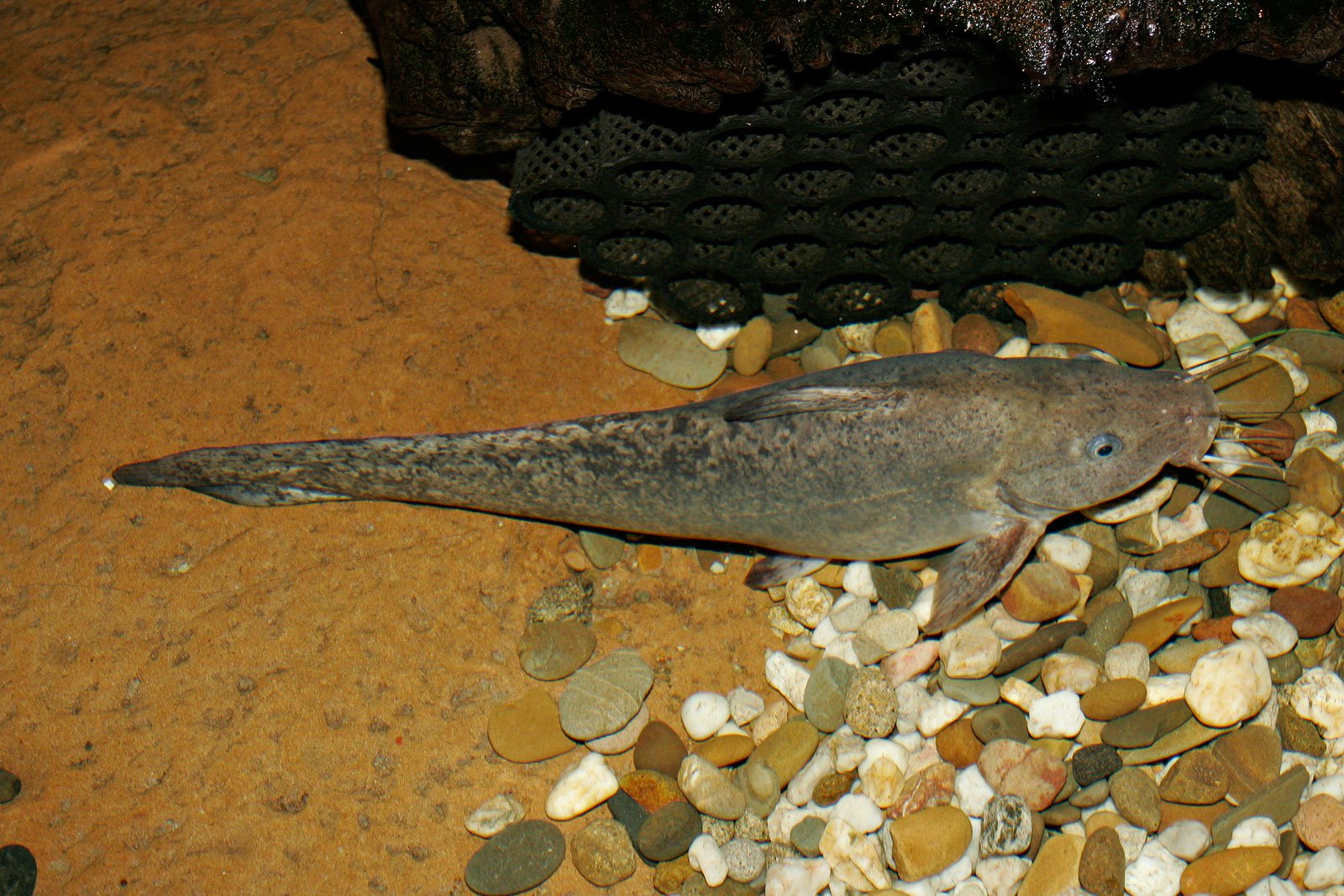
For decades, scientists struggled to follow eels on their migration. Tiny tracking devices would fall off, or the eels would dive too deep for signals to reach the surface. Only recently, with advances in satellite tags and data analysis, have researchers begun to piece together the eel’s route. Each new discovery feels like finding a clue in a centuries-old mystery, and yet, many details of their journey remain hidden in the deep.
Conservation Concerns: Eels in Trouble
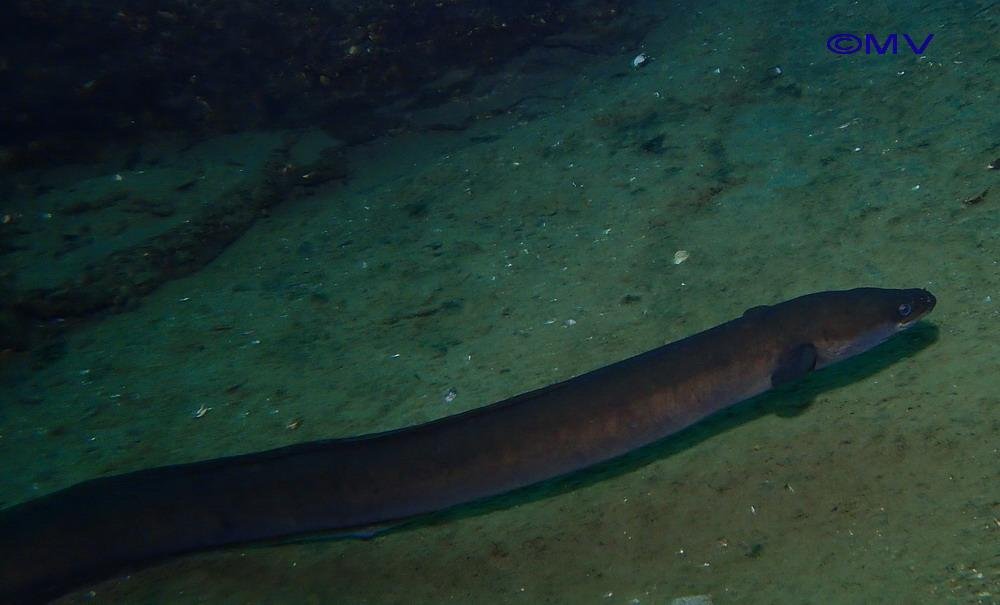
Despite their resilience, European eels are now critically endangered. Overfishing, habitat loss, pollution, and barriers to migration have caused populations to plummet by more than 90% in recent decades. Conservationists are racing to protect the remaining eels, restoring river habitats, removing dams, and fighting illegal fishing. The eel’s epic migration, once a common miracle, is now a story in peril—one that needs urgent attention if it’s to continue.
The Eel’s Role in Freshwater Ecosystems
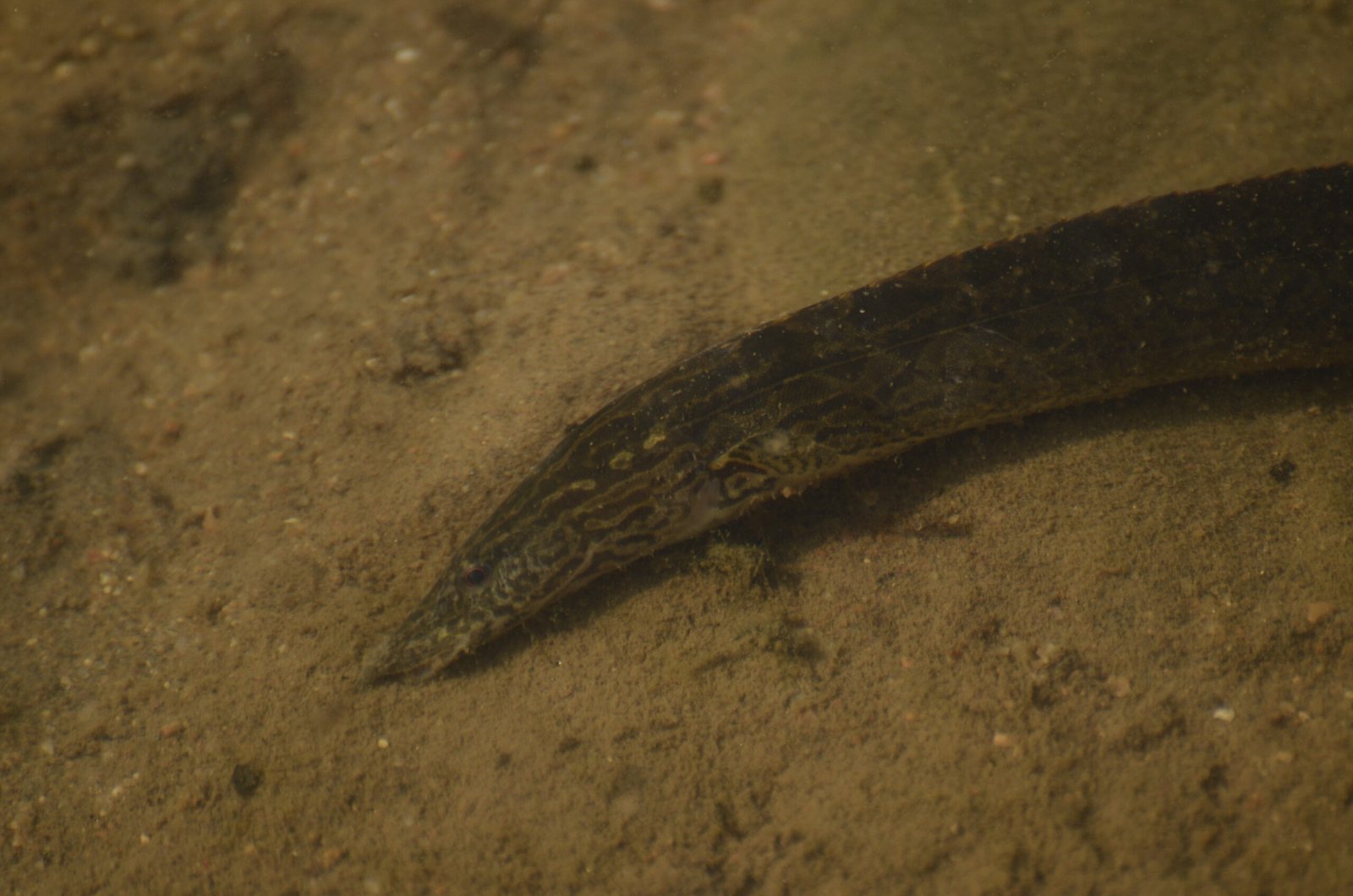
Eels play a vital role in the ecosystems they inhabit. As both predators and prey, they help maintain the balance of river and lake environments. Young eels feed on insects, worms, and crustaceans, while adult eels become meals for otters, herons, and other wildlife. Their presence indicates a healthy, functioning ecosystem, and their decline signals trouble for many other species as well.
Human Impact: Barriers and Solutions
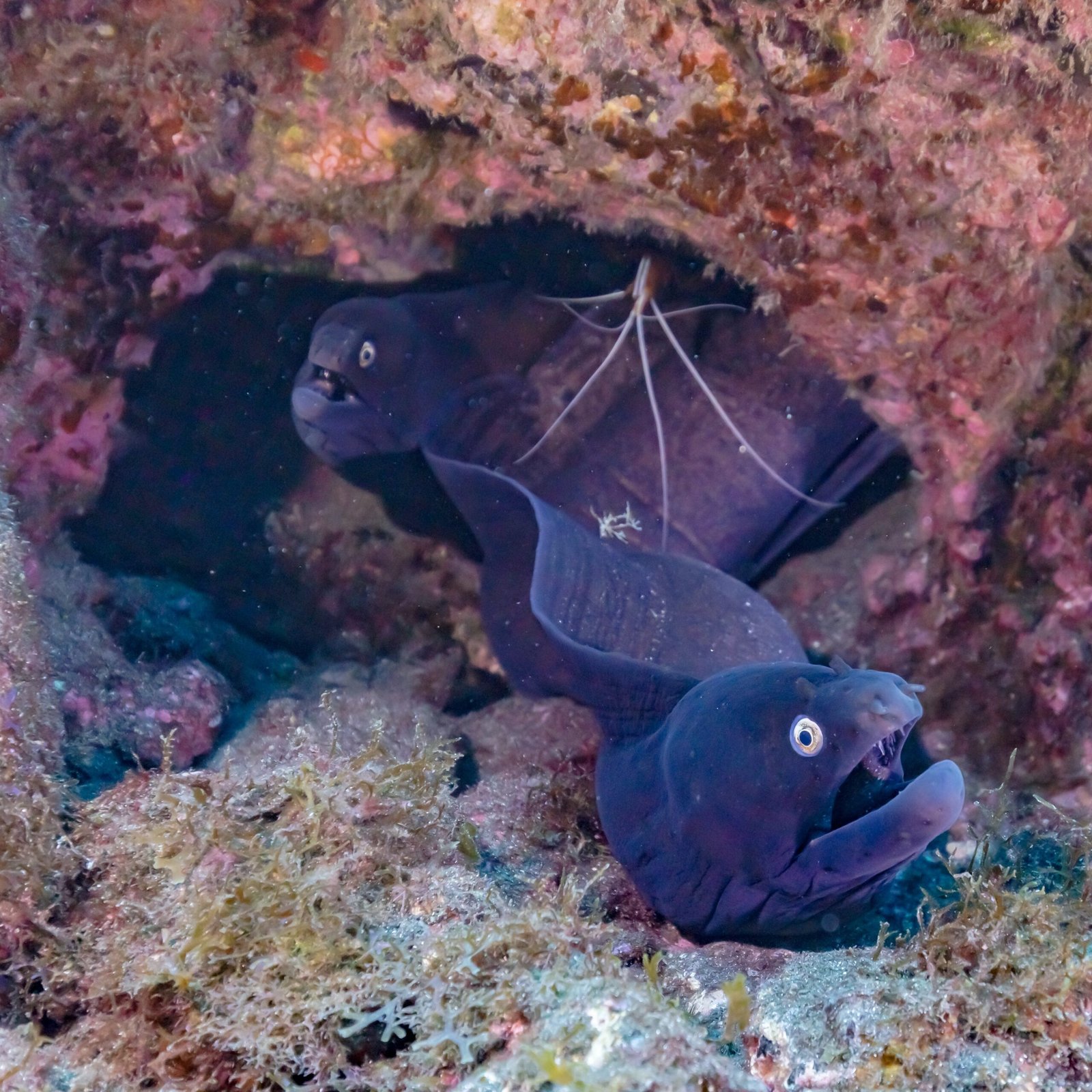
Human activity has made the eel’s migration even more challenging. Dams and weirs block river routes, while pollution and water extraction degrade habitats. Innovative solutions are emerging, like eel ladders and bypass channels that allow eels to navigate past obstacles. Public awareness campaigns and stricter fishing regulations are helping, but large-scale changes are needed to ensure the eel’s survival.
Learning from the Eel: What Science Gains
Studying eel migration has taught scientists valuable lessons about animal navigation, adaptation, and resilience. These insights extend beyond eels, offering clues about how other animals—like sea turtles and salmon—find their way across vast distances. Eels also provide a living example of the interconnectedness of global ecosystems, reminding us that changes in one part of the world can ripple across oceans.
A Symbol of Mystery and Resilience
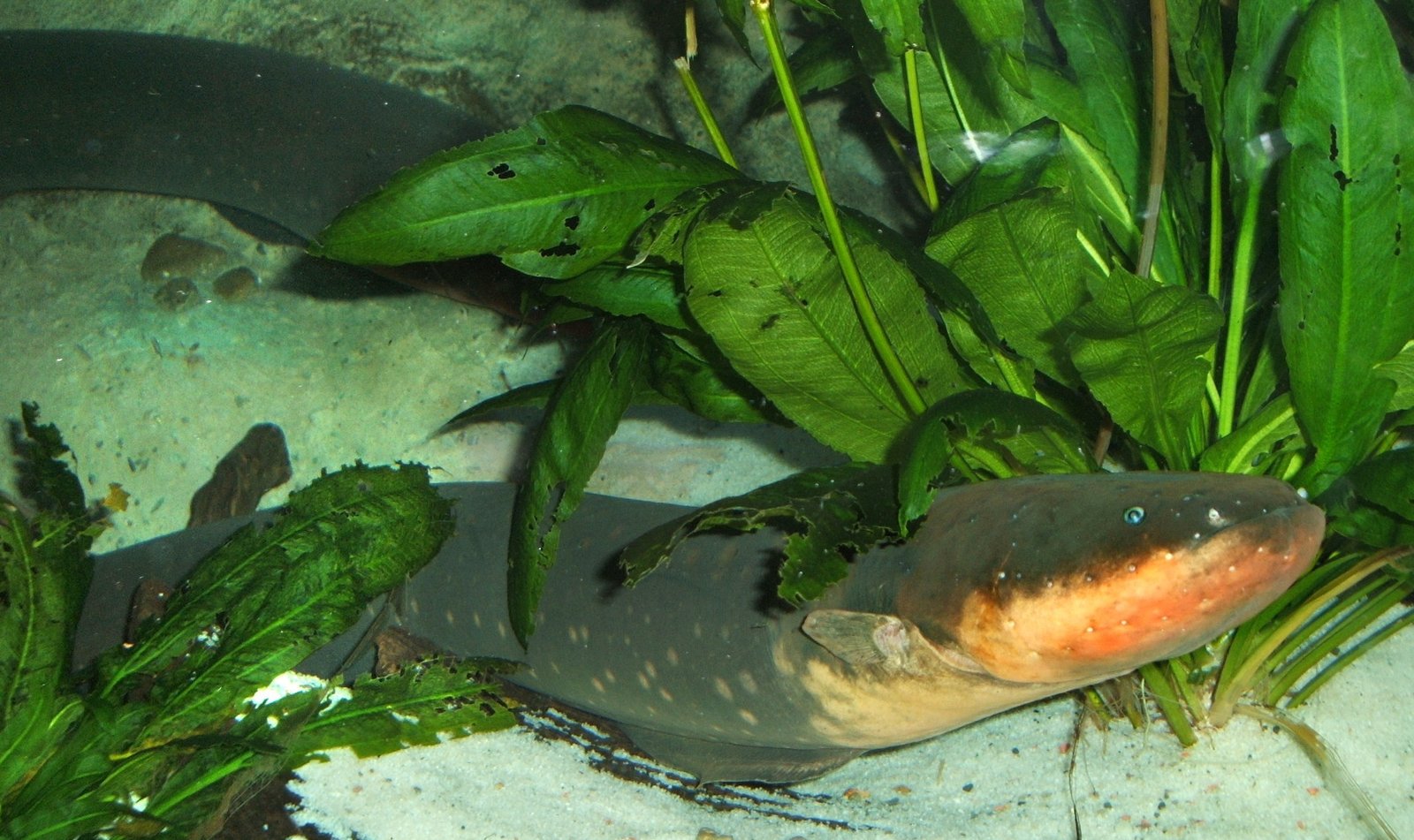
The eel’s story is more than a scientific puzzle—it’s a symbol of resilience, mystery, and the enduring power of instinct. Their journey across the Atlantic, guided only by ancient wisdom, challenges our assumptions about what animals can do. Each eel that returns to the Sargasso Sea is a living testament to the strength of life’s drive to endure, adapt, and find its way home.
The Future of the Eel’s Migration
What lies ahead for the European eel? New technologies may soon reveal more about their incredible journey, and dedicated conservation efforts offer hope for recovery. But the future depends on choices we make now—to protect rivers, restore habitats, and respect the mysteries of the natural world. The eel’s migration is a story still being written, with each generation holding the key to its survival.



